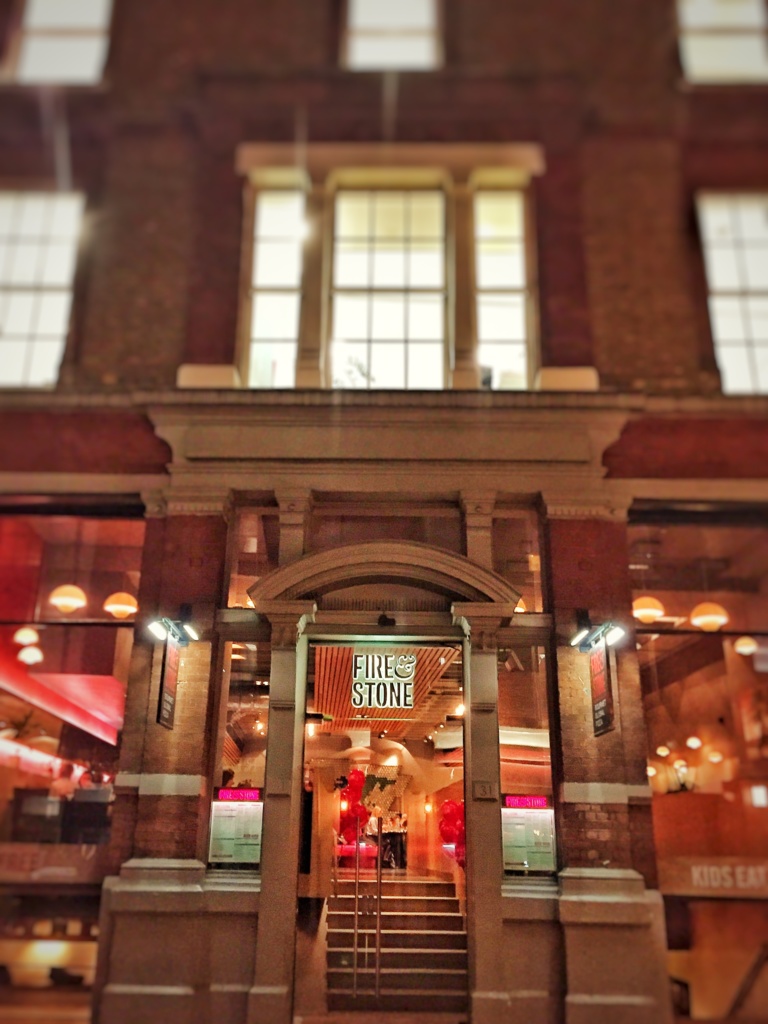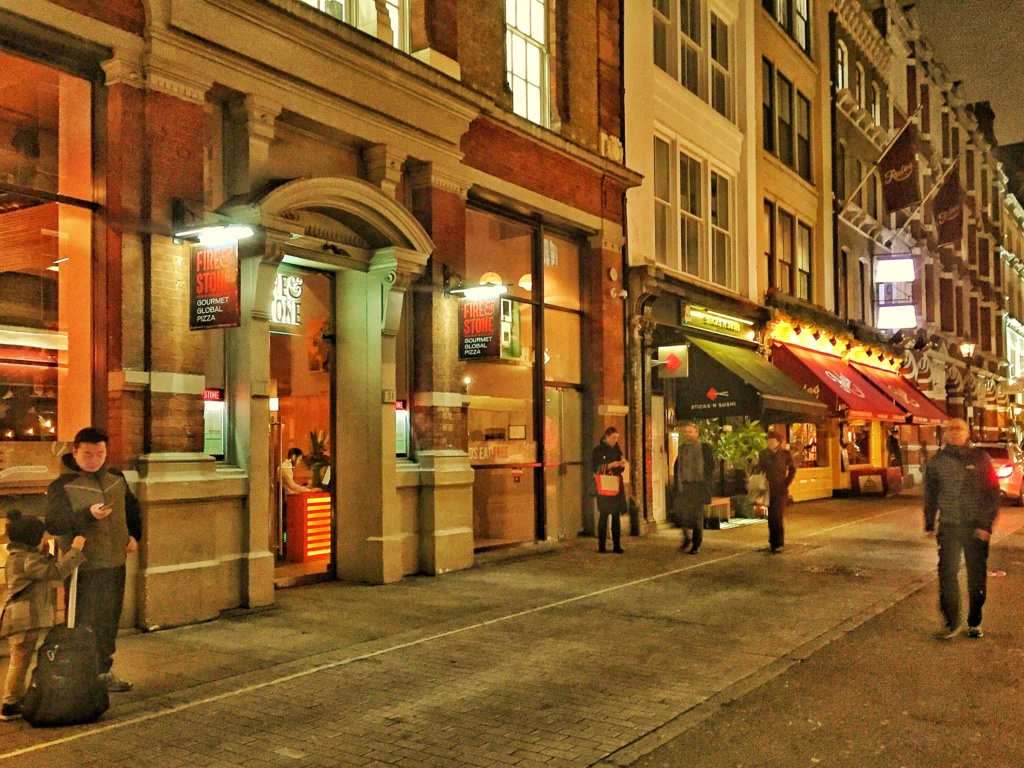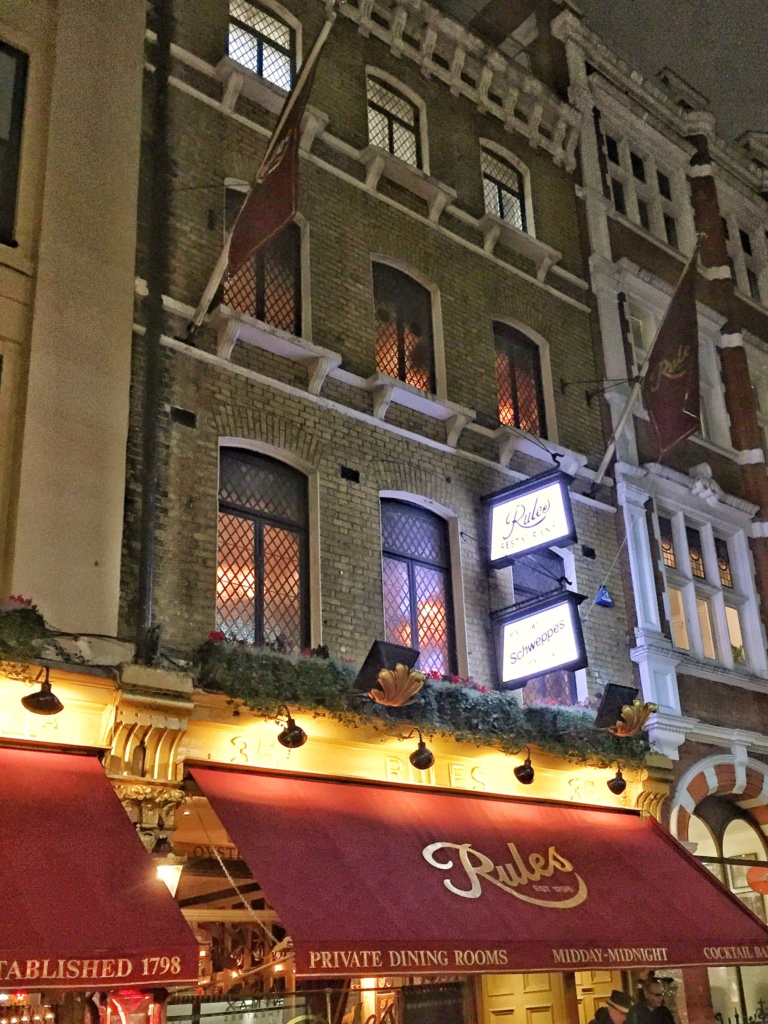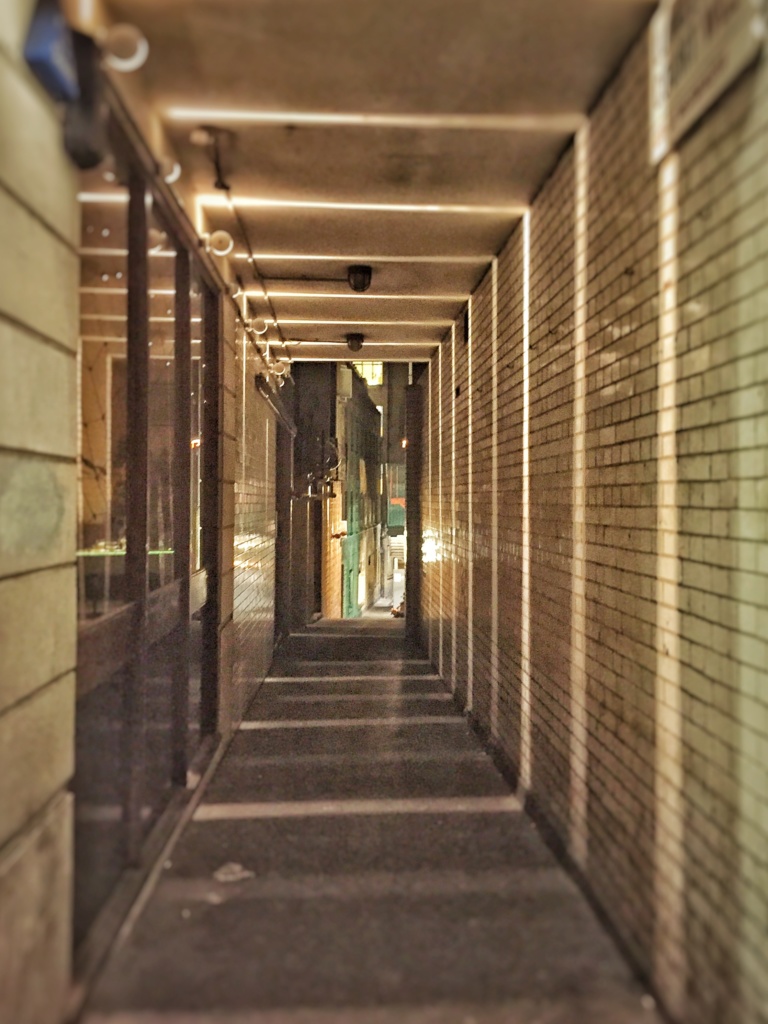It’s not a long street; just over one hundred metres I would guess. Nor does it have an exceptional location. Part of the underbelly of Covent Garden, it lies one street up from the Strand to which it runs parallel.
It’s not a particularly pretty street, either. But it does punch above it’s weight in cultural terms. I love it when a street boasts so many ghosts from different ages. Maiden Lane has tall tales to tell from its past.
It was a developed street by the beginning of the eighteenth century. There was an inn on it called the White Wigg Inn where the French philosopher, Voltaire stayed for a few months in the 1720’s (in his thirties) while he was in enforced exile from France after illegally challenging an aristocrat to a duel. No doubt wearing a white wig himself whilst endlessly complaining about British food and culture during his stay, Voltaire did develop a taste for British freedoms of speech and religion and the plays of Shakespeare and likely attended the funeral of Sir Isaac Newton.
Forty years after Voltaire had returned to France, the sound of a baby wailing in the street could have been that of the truly great painter, J.M.W. Turner, who was born in his father’s barber shop at No 21 Maiden Lane in 1775, the year before American Independence. He lived in the area for his first decade and would have wandered through the neraby market at Covent Garden and down to the River Thames – just a stone’s throw away – to see the boats travelling up and down and across it. Images that no doubt helped form his worldview and infomed his work.
Over one hundred years later in the 1890’s, Fred Gaisberg chose Maiden Lane to open Britain’s first ever recording studio and record company – The Gramophone Company, which became EMI – at No 31 Maiden Lane, ten doors up from Turner’s barber shop. Here’s a piece I wrote about that revolutionary moment on the Sound Of The Hound blog. Gaisberg chose to locate his studio on Maiden Lane because it was nearby to the Opera House in Covent Garden and very close to Rules Restuarant where the opera singers would adjourn to relax after a performance. Gaisberg’s trick was to buy champagne for the artists before persuading them to come back to his studio to record some songs and arias. It worked and the music industry, as we know it, was born.
Rules remains resplendently in the 1890’s in many regards. The food, decor and service are wonderfully old fashioned. People still eat here after an evening at the opera. A man in top hat and liveried coat opens the door for you.
The Maple Leaf pub is another landmark of Maiden Lane. It doesn’t have a long history by London standards but is unusal in that it is Candian themed. I used to frequent it in the 1980’s upon first arriving in London myself and it brings back strong memories and feelings for me – rather like Madeleine cakes did for Proust – and I am always pleased to see it is still there.
One of London’s sinister looking alleys, Lumley Court, leads from Maiden Lane down to Strand. It is a reminder that a dangerous London exists beneath the bright lights of modern London.





JOHN
Trying to find the name of an old Covent garden market pub that was in Maiden lane in the 1970’s when I worked in that area. Had a look on google street view and couldn’t see it. Possibly the Maple Leaf took it over and renamed it. Thanks.